Influence of Safety Culture on Safety Outcomes of a Hydrogen–CCS Plant
Abstract
1. Introduction
2. Materials and Methods
2.1. Risk Review
2.2. Safety Culture
- Making safety and responsible work practices a top priority.
- Safeguarding the well-being of the organization’s staff, equipment, and property.
- Ensuring the safety and welfare of the public.
- Preserving the environment.
- Offering continuous education and training on key principles and optimal practices.
2.2.1. Management Commitment to Safety
2.2.2. Open Communication
2.2.3. Training Initiatives
2.2.4. Organizational Learning
2.2.5. Employee Dedication
3. Results
3.1. System Dynamics Model
- Identify the problem within a dynamic system.
- Define system boundaries by identifying key components and interactions.
- Categorize key variables as stocks (quantities) or flows (rates of change).
- Create a causal loop diagram to visualize feedback loops and relationships.
- Develop a stock and flow diagram to show changes in stocks over time.
- Formulate mathematical equations to describe system behaviour.
- Assign values to parameters in the model.
- Run simulations to analyze system behaviour under different scenarios.
- Evaluate the system’s responses and refine the model for accuracy.
- Test and identify strategies to improve system performance.
- Communicate results clearly to stakeholders and decision-makers.
3.2. Scenario Analysis
4. Discussion
5. Conclusions
Author Contributions
Funding
Data Availability Statement
Conflicts of Interest
Abbreviations
| ARAMIS | Accidental Risk Assessment Methodology for Industries |
| CCS | Carbon Capture and Storage |
| CFD | Computational Fluid Dynamics |
| CH4 | Methane |
| CO2 | Carbon Dioxide |
| H2 | Hydrogen |
| HSE | Health, Safety, and Environmental |
| S-LCA | Social Life Cycle Assessment |
Appendix A
| Name | Equation | Description |
| Incidents | =INTEG (Incident rate − Correlation between safety culture and incident reduction), Initial = 40 | The annual number of incidents. The initial value is assumed to be 40. |
| Incidents stopped | =INTEG (Incidents − Correlation between safety culture and incident reduction), Initial = 40 | The number of incidents arrested by the system; procedures and instruments. It is assumed in the first year no incident progressed into an accident. |
| Incident rate | =(1/Significant hazards managed) | The incident emergence rate. |
| Correlation between Safety culture and incident reduction | =Proficiency × incident situation | The impact of safety culture on the number of incidents. |
| Communication | =Readiness to disclose information to stakeholders + Lessons learnt from past incidents + Spreading knowledge about the risks and uncertainties + Efficiency in engaging with the public)/4 | This variable represents the effectiveness of conveying various hazards and risks to others openly. That is the openness of communication channels. |
| Comprehensive hazard identification | =(Incidents/100)/Output targets | The thoroughness of hazard identified and hazards of operation. |
| Deployment of safety system | =Training and development of new safety systems × Necessary components | Represents the impact of training as well as the availability of safety devices. |
| Employee behaviour | =Employee continuous improvement + Peer influence + Positive safety attitude + Safe work practices | A measure of employees’ adherence to the safety protocols. |
| The gap between actual and target | =Incidents − Target | Measures the gap between the reality and the objective. |
| Incident situation | =(Gap between actual and target)/Output targets) | Indication of risky situation. |
| Necessary components | =Incident situation × Organization safety behaviour | Needed for the safety system. |
| Organizational safety behaviour | =min (Employee behaviour, Organizational environment) | The change in attitude of employee regarding the importance of safety. |
| Organizational environment | =Integration with business goal + Leaders’ continuous improvement + Safety consistency + Safety engagement | Effect of the organization’s goals and objectives. |
| Output targets | =System capacity × ((Planned production + Quality standards)/2) | Productivity requirement. |
| Proficiency | =SMOOTH (Deployment of safety system, Defer) | Change in employees’ competency level. |
| Recorded risks | =Communication × Comprehensive hazard identification | An indicator of risks that are monitored continuously. |
| Significant hazards managed | =Recorded risks × Organization safety behaviour | Hazards that cannot be eliminated, must be managed. |
| Training and development of new safety systems | =((Cost of needed technology + Training expenditure + Safety protocol + Safety inspection)/4) | Cost of developing a new safety system. |
| Name | Value | |
| Cost of needed technology | =0.6 | A fraction between 0 and 1. |
| Defer | =2 | Time required for improvement to take hold in years. |
| Efficiency in engaging with the public | =0.5 | A fraction between 0 and 1. |
| Employee continuous improvement | =0.1 | A fraction between 0 and 1. |
| Integration with the business goal | =0.2 | A fraction between 0 and 1. |
| Leaders’ continuous improvement | =0.1 | A fraction between 0 and 1. |
| Lessons learnt from past incidents | =0.5 | A fraction between 0 and 1. |
| Peer influence | =0.15 | A fraction between 0 and 1. |
| Planned production | =1 | |
| Positive safety attitude | =0.25 | A fraction between 0 and 1. |
| Quality standards | =0.4 | A fraction between 0 and 1. |
| Readiness to disclose information to stakeholders | =0.5 | A fraction between 0 and 1. |
| Safe work practices | =0.2 | A fraction between 0 and 1. |
| Safety consistency | =0.1 | A fraction between 0 and 1. |
| Safety engagement | =0.2 | A fraction between 0 and 1. |
| Safety inspection | =0.5 | A fraction between 0 and 1. |
| Safety protocol | =0.6 | A fraction between 0 and 1. |
| Spreading knowledge about the risks and uncertainties | =0.5 | A fraction between 0 and 1. |
| System capacity | =10 | Varies between 1 and 10. 10 is the maximum capacity. |
| Target | =12 | The number of incidents that can be tolerated until later. |
| Training expenditure | =0.4 | A fraction between 0 and 1. |
References
- Abdin, Z.R.; Zafaranloo, A.; Rafiee, A.; Mérida, B.W.; Lipiński, W.; Khalilpour, K.R. Hydrogen as an energy vector. Renew. Sustain. Energy Rev. 2020, 120, 109620. [Google Scholar] [CrossRef]
- U.S. Energy Information Administration—EIA. Use of Hydrogen. U.S. Energy Information Administration—EIA—Independent Statistics and Analysis. Available online: https://www.eia.gov/energyexplained/hydrogen/use-of-hydrogen.php#:~:text=electric%20power%20generation.-,Hydrogen%20is%20used%20in%20industrial%20processes,the%20sulfur%20content%20of%20fuels (accessed on 21 June 2024).
- AlHumaidan, F.S.; Absi Halabi, M.; Rana, M.S.; Vinoba, M. Blue hydrogen: Current status and Future Technologies. Energy Convers. Manag. 2023, 283, 116840. [Google Scholar] [CrossRef]
- Truche, L.; Donzé, F.-V.; Goskolli, E.; Muceku, B.; Loisy, C.; Monnin, C.; Dutoit, H.; Cerepi, A. A deep reservoir for hydrogen drives intense degassing in the Bulqizë Ophiolite. Science 2024, 383, 618–621. [Google Scholar] [CrossRef] [PubMed]
- Taneja, S.; Jain, A.; Bhadoriya, Y. Green hydrogen as a clean energy resource and its applications as an engine fuel. Eng. Proc. 2024, 50, 159. [Google Scholar]
- Shourideh, M.; Yasseri, S. Uncertainties and Barriers to Carbon Capture and Storage Acceptance & Implementation. Int. J. Coast. Offshore Environ. Eng. 2023, 8, 18–30. [Google Scholar] [CrossRef]
- Shourideh, M.; Yasseri, S.; Bahai, H. Safety culture influence on safety performance of a post-combustion carbon capture facility. Heliyon 2024, 10, e34640. [Google Scholar] [CrossRef]
- Stalker, L.; Roberts, J.J.; Mabon, L.; Hartley, P.G. Communicating leakage risk in the hydrogen economy: Lessons already learned from Geoenergy Industries. Front. Energy Res. 2022, 10, 869264. [Google Scholar] [CrossRef]
- Calabrese, M.; Portarapillo, M.; Di Nardo, A.; Venezia, V.; Turco, M.; Luciani, G.; Di Benedetto, A. Hydrogen Safety Challenges: A Comprehensive Review on production, storage, transport, Utilization, and CFD-based consequence and risk assessment. Energies 2024, 17, 1350. [Google Scholar] [CrossRef]
- Gordon, J.A.; Balta-Ozkan, N.; Nabavi, S.A. Socio-technical barriers to domestic hydrogen futures: Repurposing pipelines, policies, and public perceptions. Appl. Energy 2023, 336, 120850. [Google Scholar] [CrossRef]
- Massarweh, O.; Al-khuzaei, M.; Al-Shafi, M.; Bicer, Y.; Abushaikha, A.S. Blue hydrogen production from Natural Gas Reservoirs: A review of application and feasibility. J. CO2 Util. 2023, 70, 102438. [Google Scholar] [CrossRef]
- Webb, J.; Longden, T.; Boulaire, F.; Gono, M.; Wilson, C. The application of Green Finance to the production of blue and green hydrogen: A comparative study. Renew. Energy 2023, 219, 119236. [Google Scholar] [CrossRef]
- Guo, L.; Su, J.; Wang, Z.; Shi, J.; Guan, X.; Cao, W.; Ou, Z. Hydrogen Safety: An obstacle that must be overcome on the road towards future Hydrogen Economy. Int. J. Hydrogen Energy 2024, 51, 1055–1078. [Google Scholar] [CrossRef]
- Hanekamp, J.C. Hydrogen Hazards and Risks—Physics, Storage, Transport and Application; University College Roosevelt: Middelburg, The Netherlands, 2023. [Google Scholar] [CrossRef]
- Kleszcz, S.; Assadi, M. Hydrogen safety considerations: Mitigating risks and securing operations in enclosed spaces. IOP Conf. Ser. Mater. Sci. Eng. 2023, 1294, 012057. [Google Scholar] [CrossRef]
- Duclos, A.F.; Proust, C.; Daubech, J.; Verbecke, F. Engineering safety in hydrogen-energy applications. In Proceedings of the International Conference on Hydrogen Safety ICHS, Yokohama, Japan, 19–21 October 2015. [Google Scholar]
- Abohamzeh, E.; Salehi, F.; Sheikholeslami, M.; Abbassi, R.; Khan, F. Review of hydrogen safety during storage, transmission, and applications processes. J. Loss Prev. Process Ind. 2021, 72, 104569. [Google Scholar] [CrossRef]
- Ruiz, P.; Vega, L.F.; Arxer del, M.; Jiménez, C.; Rausa, A. Hydrogen: Applications and Safety Considerations; Matgas 2000 AIE: Barcelona, Spain, 2015. [Google Scholar]
- De-León Almaraz, S.; Kocsis, T.; Azzaro-Pantel, C.; Szántó, Z.O. Identifying social aspects related to the hydrogen economy: Review, synthesis, and Research Perspectives. Int. J. Hydrogen Energy 2024, 49, 601–618. [Google Scholar] [CrossRef]
- ILO International Labour Organization. Chernobyl 20 Years After: From Disaster, Breeding a New Safety Culture. 2006. Available online: https://www.ilo.org/resource/article/chernobyl-20-years-after-disaster-breeding-new-safety-culture (accessed on 24 February 2024).
- Bisbey, T.M.; Kilcullen, M.P.; Thomas, E.J.; Ottosen, M.J.; Tsao, K.; Salas, E. Safety culture: An integration of existing models and a framework for understanding its development. Hum. Factors J. Hum. Factors Ergon. Soc. 2019, 63, 88–110. [Google Scholar] [CrossRef]
- Naji, G.M.; Isha, A.S.; Mohyaldinn, M.E.; Leka, S.; Saleem, M.S.; Rahman, S.M.; Alzoraiki, M. Impact of safety culture on safety performance; mediating role of psychosocial hazard: An integrated modelling approach. Int. J. Environ. Res. Public Health 2021, 18, 8568. [Google Scholar] [CrossRef]
- Tullo, F.J. Chapter 2—Teamwork and Organizational Factors. In Crew Resource Management, 2nd ed.; Academic Press: Cambridge, MA, USA, 2010; pp. 59–78. [Google Scholar]
- IAEA International Atomic Energy Agency. Safety Culture. Available online: https://www.iaea.org/services/networks/orpnet/national-arrangements-on-occupational-radiation-protection/safety-culture (accessed on 19 August 2021).
- Yang, S.B.; Ma, K.; Liu, Z.; Ren, J.; Man, Y. Chapter 5—Development and applicability of life cycle impact assessment methodologies. In Life Cycle Sustainability Assessment for Decision-Making: Methodologies and Case Studies; Elsevier: Amsterdam, The Netherlands, 2020; pp. 95–124. [Google Scholar]
- Maliha, M.N.; Abu Aisheh, Y.I.; Tayeh, B.A.; Almalki, A. Safety Barriers Identification, classification, and ways to improve safety performance in the architecture, engineering, and Construction (AEC) industry: Review Study. Sustainability 2021, 13, 3316. [Google Scholar] [CrossRef]
- Clarke, S. Health and safety at work Summary statistics for Great Britain 2023; Health and Safety Executive: Bootle, UK, 2023. [Google Scholar]
- Henriqson, É.; Schuler, B.; van Winsen, R.; Dekker SW, A. The constitution and effects of safety culture as an object in the discourse of accident prevention: A foucauldian approach. Saf. Sci. 2014, 70, 465–476. [Google Scholar] [CrossRef]
- Tappura, S.; Jääskeläinen, A.; Pirhonen, J. Creation of a satisfactory safety culture by developing its key dimensions. Saf. Sci. 2022, 154, 105849. [Google Scholar] [CrossRef]
- McGonagle, A.K.; Essenmacher, L.; Hamblin, L.; Luborsky, M.; Upfal, M.; Arnetz, J. Management commitment to safety, teamwork, and hospital worker injuries. J. Hosp. Adm. 2016, 5, 46. [Google Scholar] [CrossRef] [PubMed]
- Usrey, C. Management Commitment and How It Affects Safety. Safety Status. Available online: https://www.safetystratus.com/blog/management-commitment-what-does-it-mean-for-safety/ (accessed on 21 March 2023).
- Vecchio-Sadus, A. Enhancing Safety Culture Through Effective Communication. Saf. Sci. Monit. 2007, 11, 1–10. [Google Scholar]
- Altomonte, L. What is Safety Communication? SafetyCulture. Available online: https://safetyculture.com/topics/safety-communication/ (accessed on 5 February 2024).
- Marquardt, N.; Hoebel, M.; Lud, D. Safety culture transformation—The impact of training on explicit and implicit safety attitudes. Hum. Factors Ergon. Manuf. Amp Serv. Ind. 2020, 31, 191–207. [Google Scholar] [CrossRef] [PubMed]
- Amri, K.; Kholil, K.; Widowati, D. The effect of Organizational Communication, transformational leadership and organizational learning on OSH performance a case study in PT Waskita Karya. Arch. Bus. Res. 2022, 10, 1–11. [Google Scholar] [CrossRef]
- Monazam Tabrizi, N.; Masri, F. Towards safer healthcare: Qualitative insights from a process view of organisational learning from failure. BMJ Open 2021, 11, e048036. [Google Scholar] [CrossRef]
- Kytömaa, H.; Wechsung, A.; Dimitrakopoulos, G.; Cook, N.; Jaimes, D.; Hur, I.Y.; Faraji, S. Industry R&D needs in hydrogen safety. Appl. Energy Combust. Sci. 2024, 18, 100271. [Google Scholar] [CrossRef]
- Packard, T. 16 Changing Organizational Culture. In Organizational Change for the Human Services; Oxford Academic: Oxford, UK, 2021; pp. 261–272. [Google Scholar]
- Hashemian, S.M.; Triantis, K. Production pressure and its relationship to safety: A systematic review and Future Directions. Saf. Sci. 2023, 159, 106045. [Google Scholar] [CrossRef]
- Al Shaaili, M.; Al Alawi, M.; Ekyalimpa, R.; Al Mawli, B.; Al-Mamun, A.; Al Shahri, M. Near-miss accident data analysis and knowledge dissemination in water construction projects in Oman. Heliyon 2023, 9, e21607. [Google Scholar] [CrossRef]
- Zhang, Q.; Chan, A.P.; Yang, Y.; Guan, J.; Choi, T.N. Influence of learning from incidents, Safety Information Flow, and resilient safety culture on Construction Safety Performance. J. Manag. Eng. 2023, 39, 04023007. [Google Scholar] [CrossRef]
- Kaynak, R.; Tuygun Toklu, A.; Elci, M.; Tamer Toklu, I. Effects of occupational health and safety practices on organizational commitment, work alienation, and job performance: Using the PLS-SEM approach. Int. J. Bus. Manag. 2016, 11, 146. [Google Scholar] [CrossRef]
- Michael, J.H.; Evans, D.D.; Jansen, K.J.; Haight, J.M. Management commitment to safety as organizational support: Relationships with non-safety outcomes in wood manufacturing employees. J. Saf. Res. 2005, 36, 171–179. [Google Scholar] [CrossRef] [PubMed]
- Cavazza, N.S.; Serpe, A. The impact of safety training programs on workers’ psychosocial orientation and behaviour. Rev. Int. Psychol. Soc. 2010, 23, 187–210. [Google Scholar]
- Mohammadi, A.; Tavakolan, M. Modeling the effects of production pressure on safety performance in construction projects using system dynamics. J. Saf. Res. 2019, 71, 273–284. [Google Scholar] [CrossRef] [PubMed]
- Probst, T.M.; Graso, M. Pressure to produce = pressure to reduce accident reporting? Accid. Anal. Amp Prev. 2013, 59, 580–587. [Google Scholar] [CrossRef] [PubMed]
- Zhou, F.; Zhang, J.; Fu, C. Generation paths of major production safety accidents—A fuzzy-set qualitative comparative analysis based on Chinese data. Front. Public Health 2023, 11, 1136640. [Google Scholar] [CrossRef]
- Nordin, S.M.; Rizal, A.R.; Rashid, R.A.; Che Omar, R.; Priyadi, U. Incidents and disaster avoidance: The role of Communication Management and the organizational communication climate in high-risk environments. Sustainability 2021, 13, 10138. [Google Scholar] [CrossRef]
- Naji, G.M.; Isha, A.S.; Alazzani, A.; Saleem, M.S.; Alzoraiki, M. Assessing the mediating role of safety communication between safety culture and employees’ safety performance. Front. Public Health 2022, 10, 840281. [Google Scholar] [CrossRef]
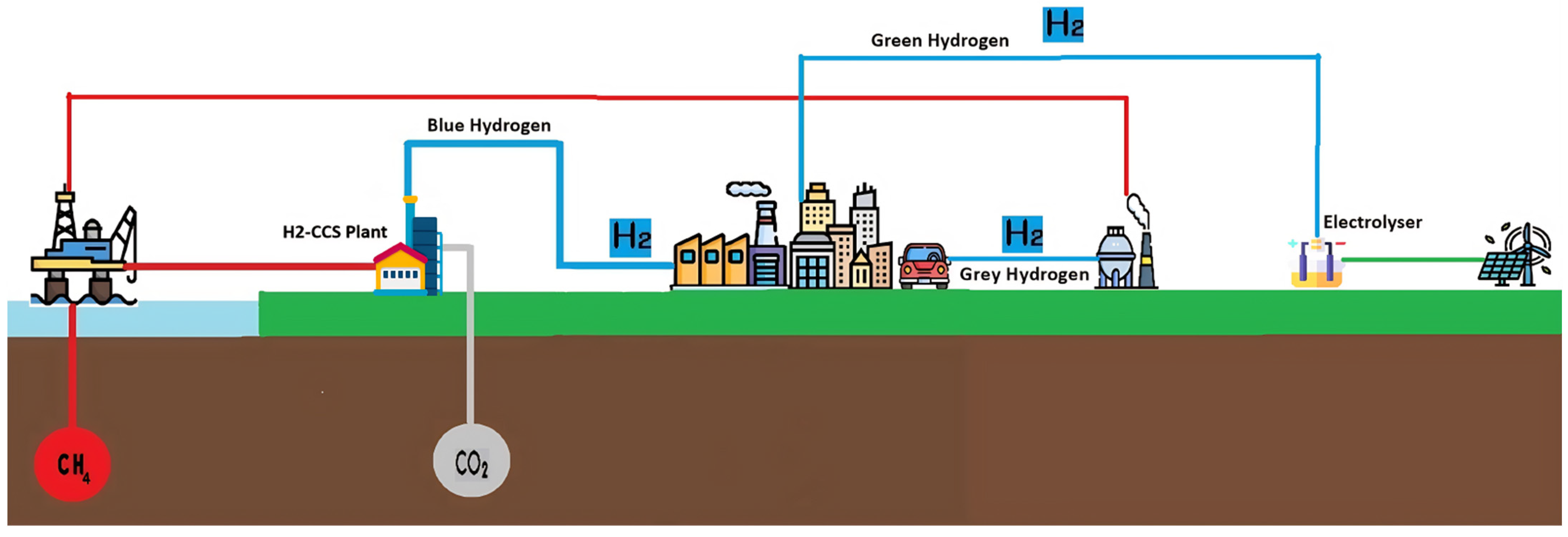
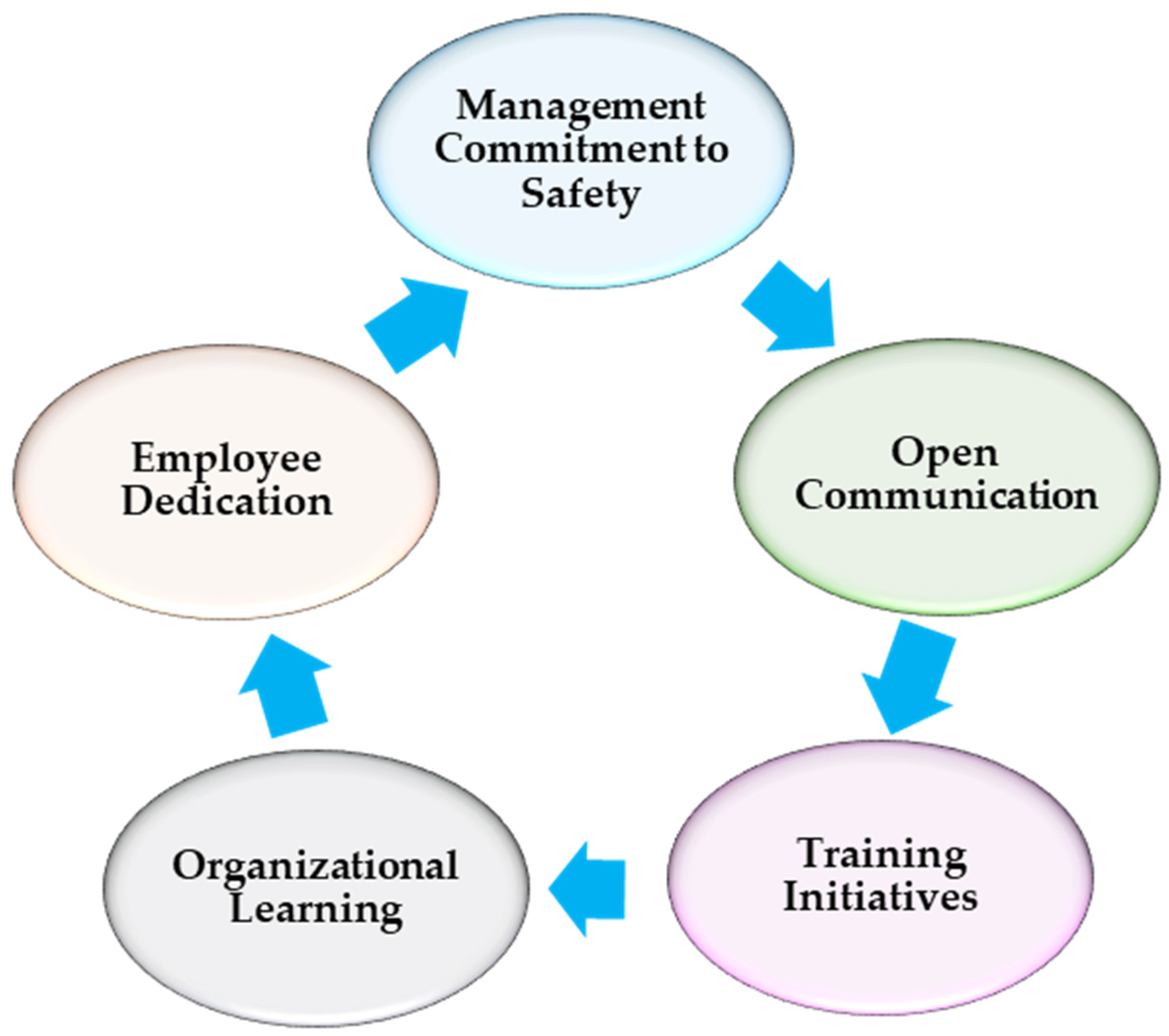
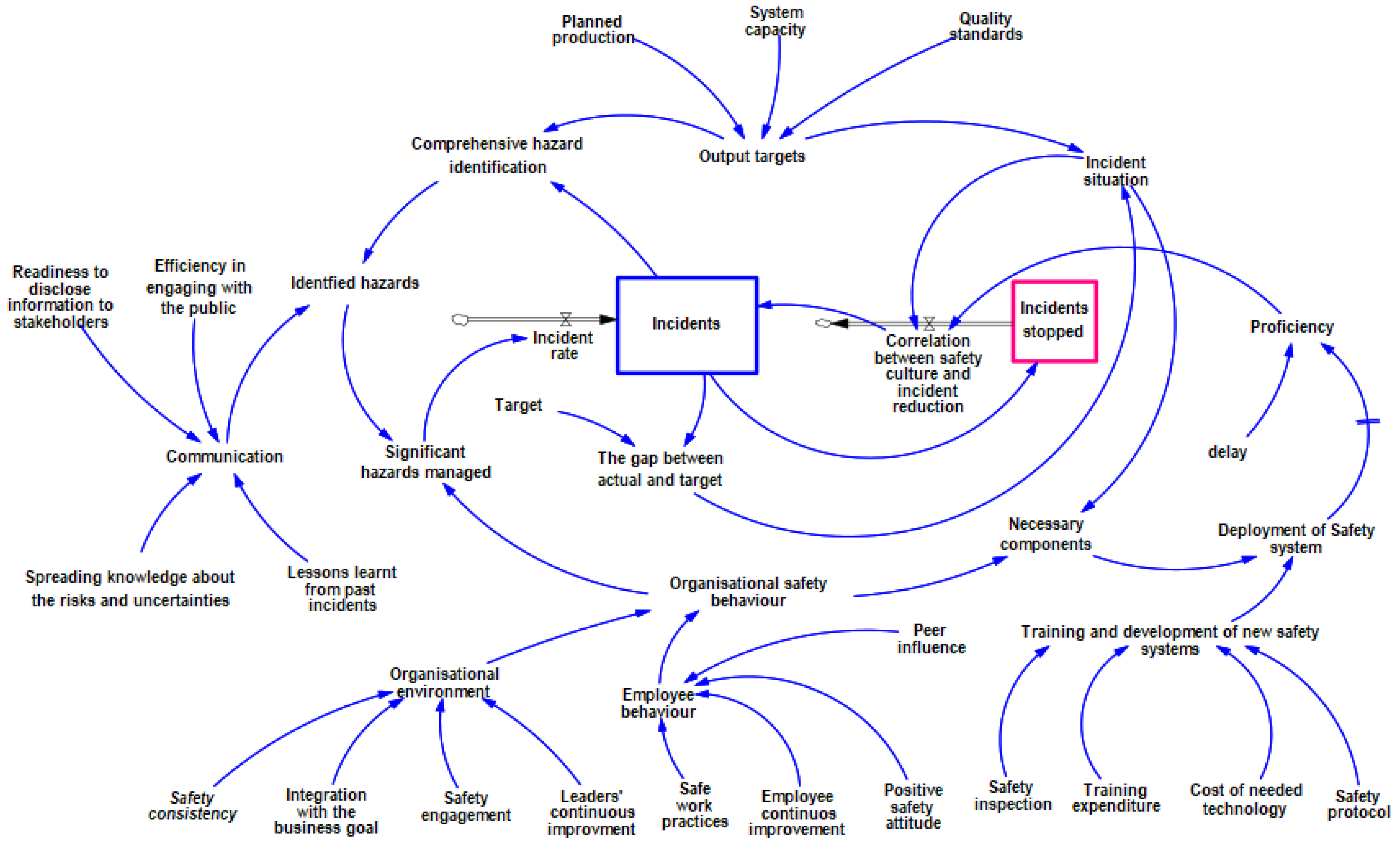

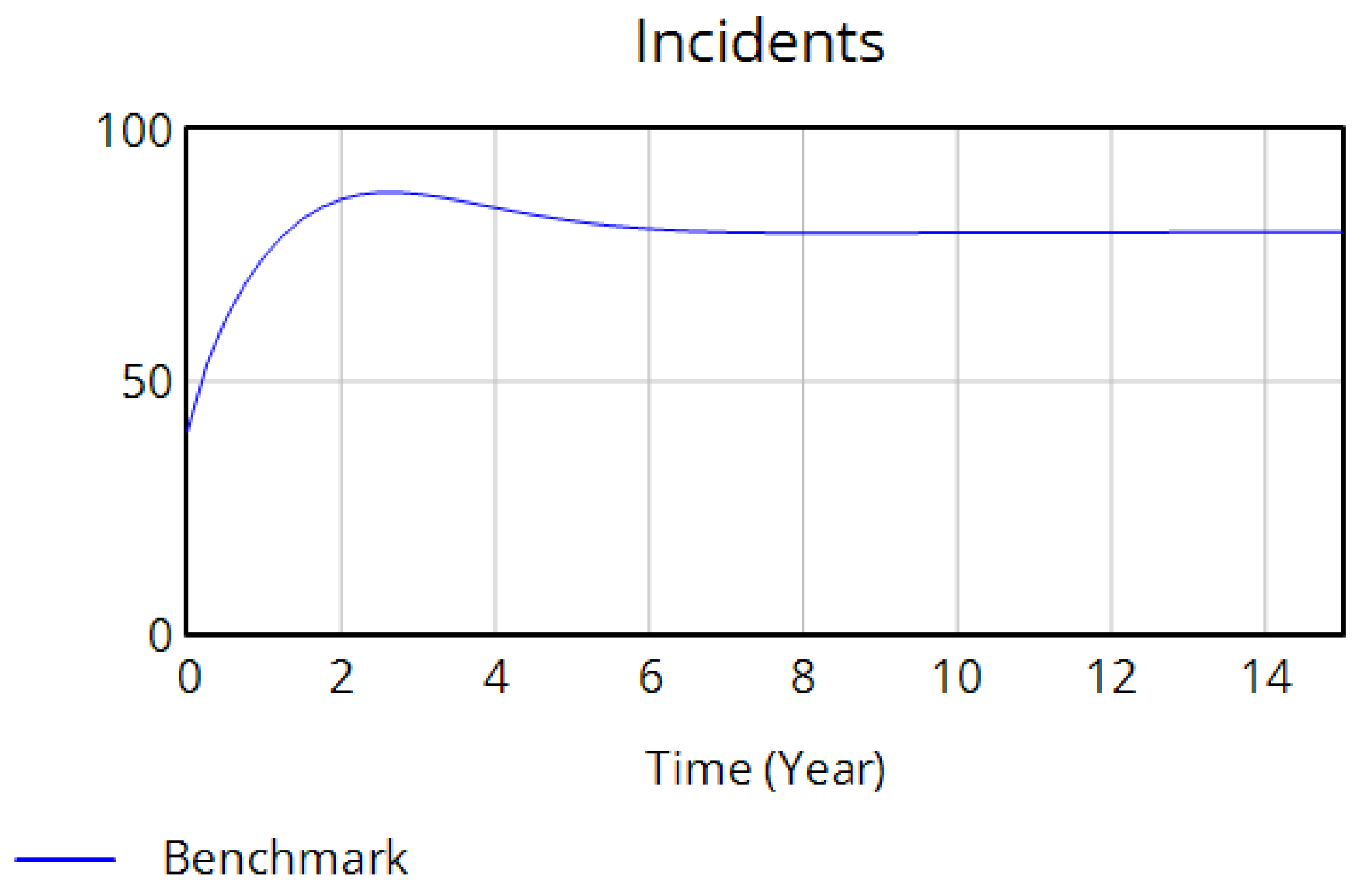

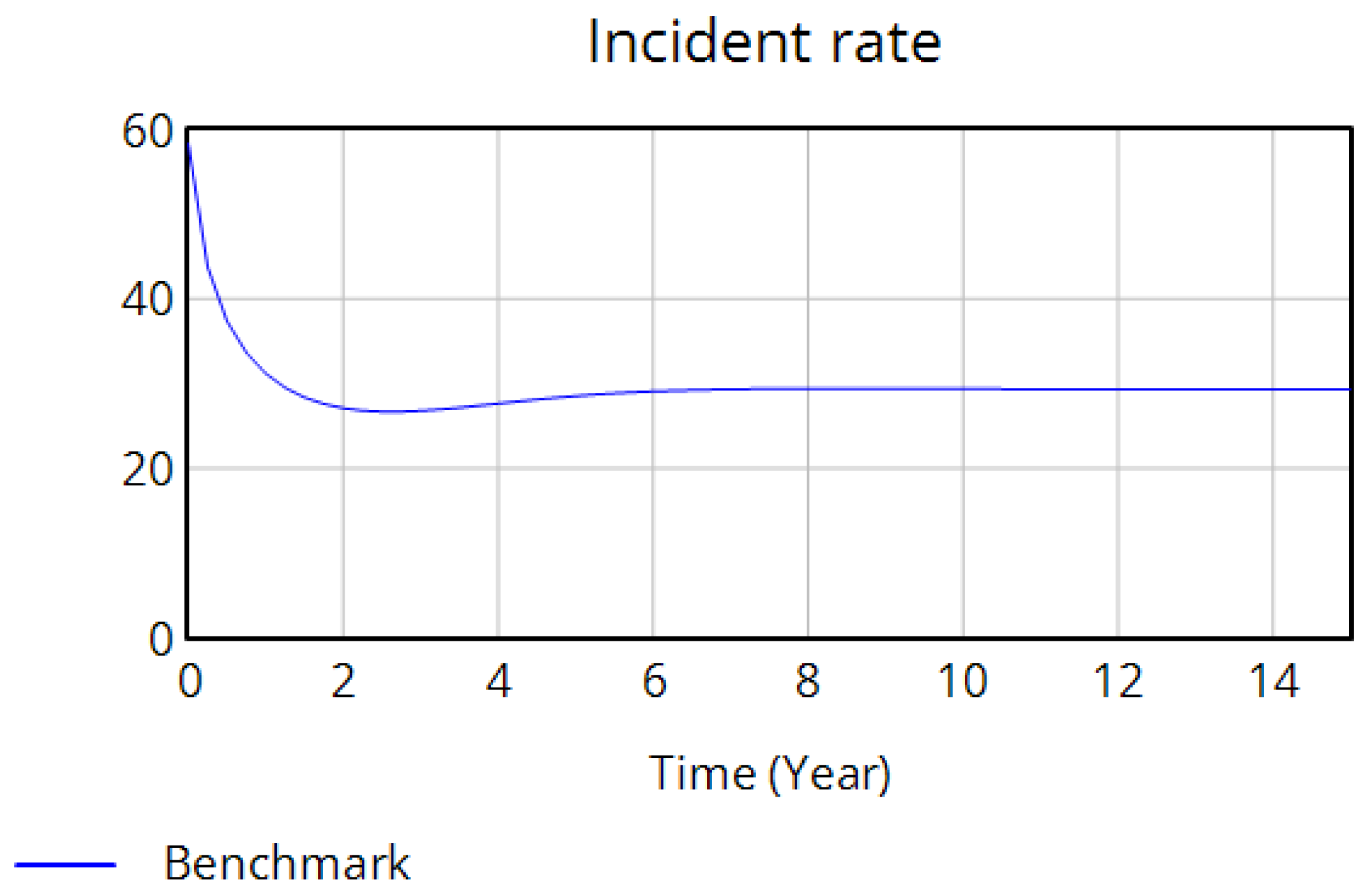
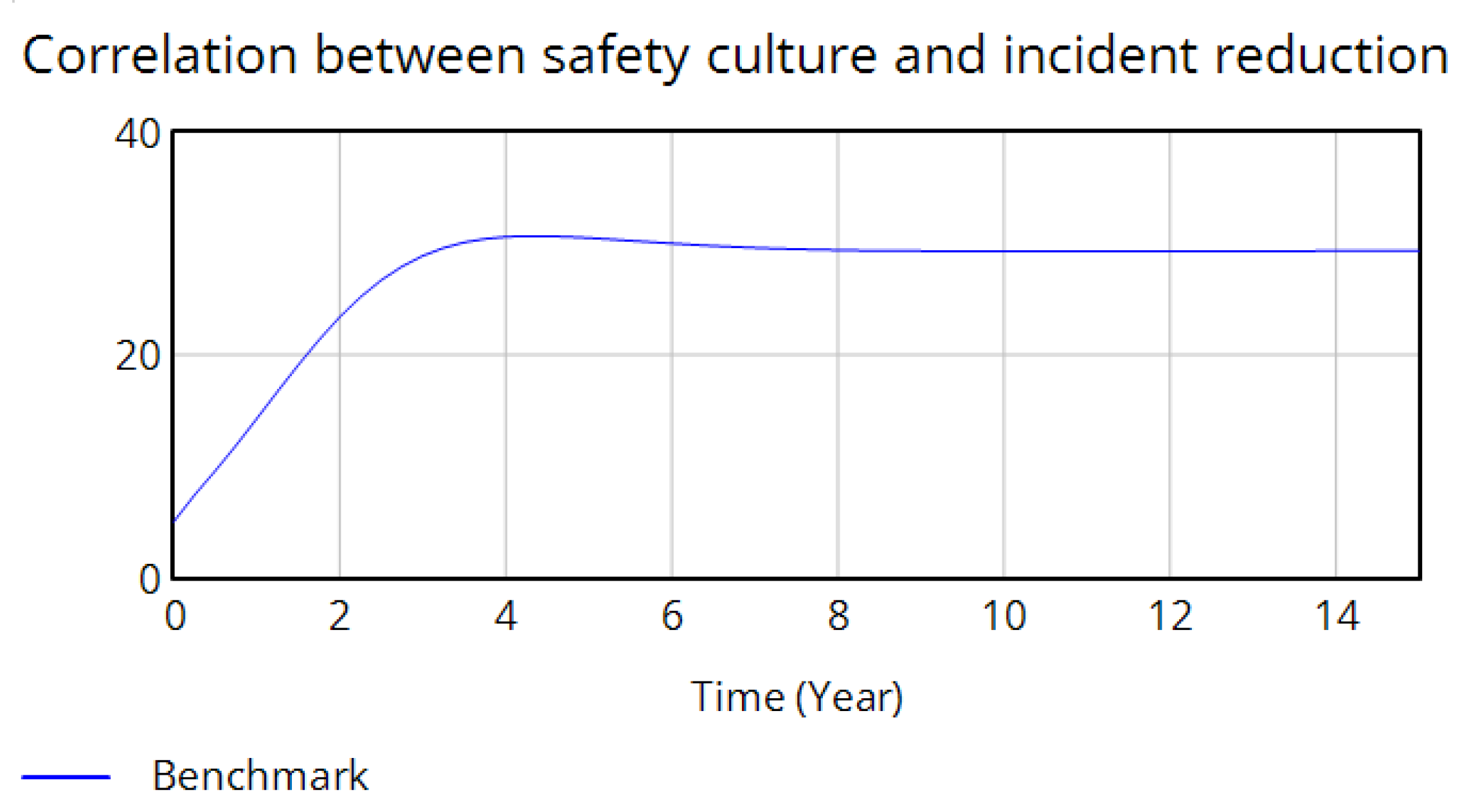
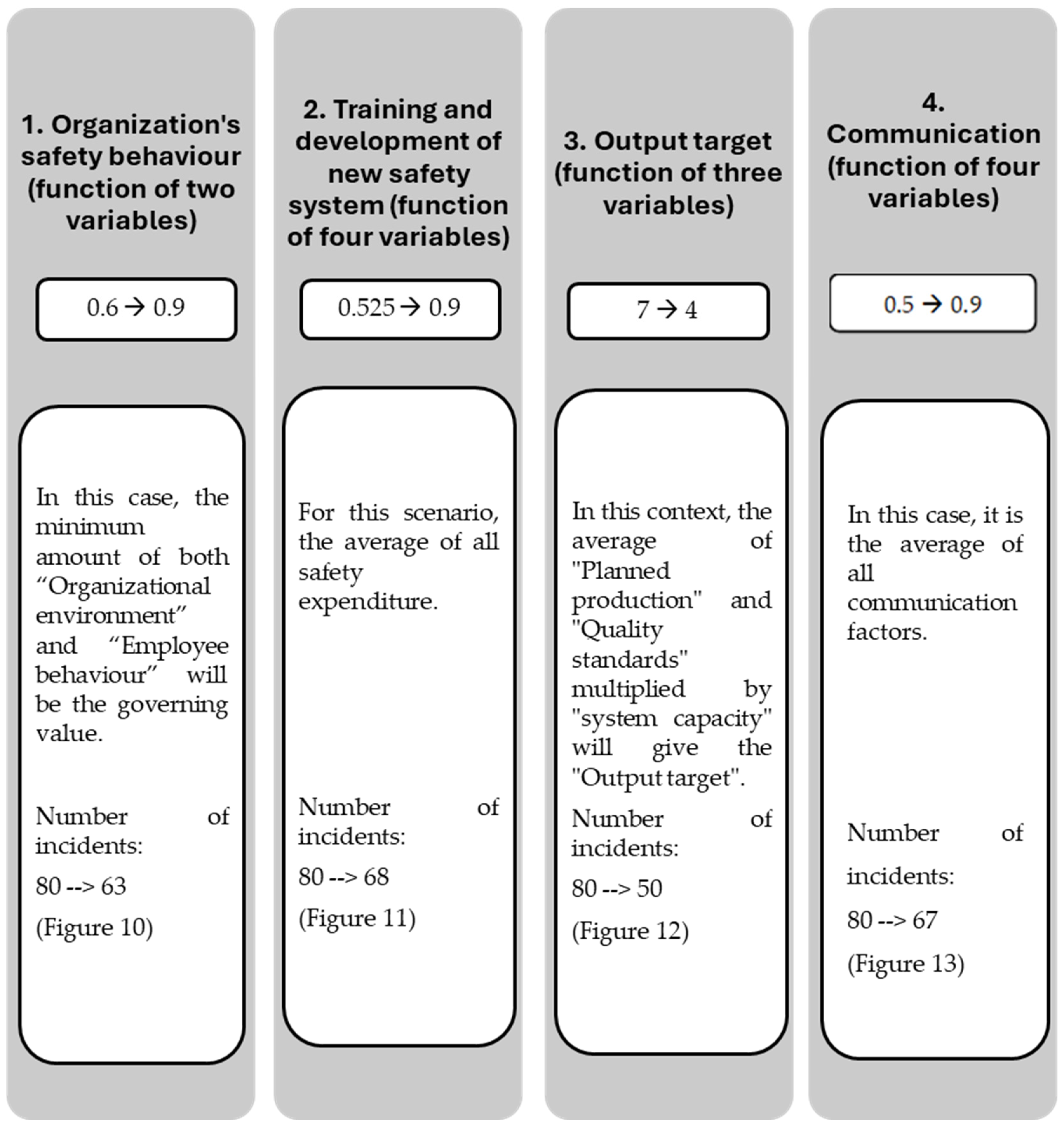
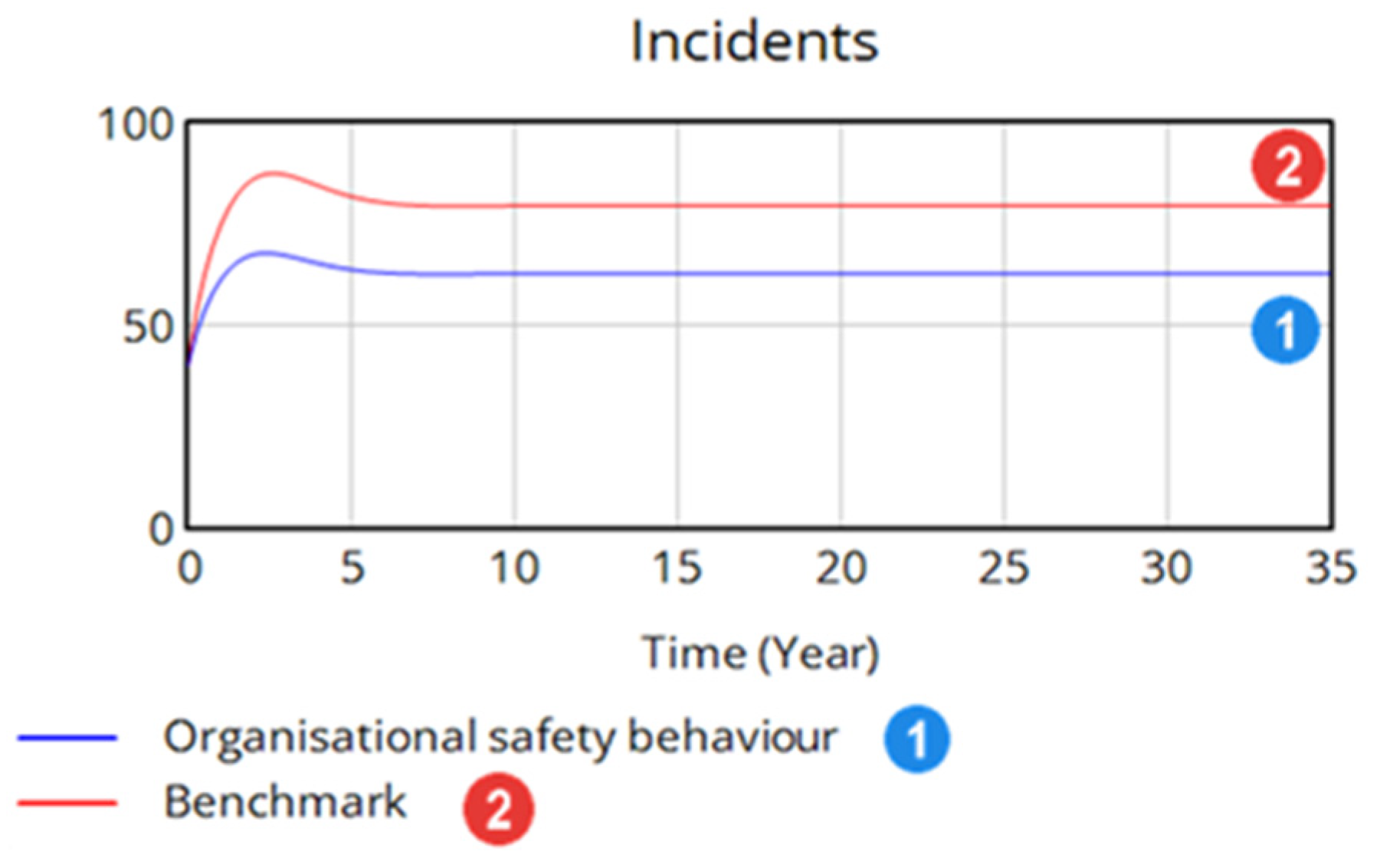
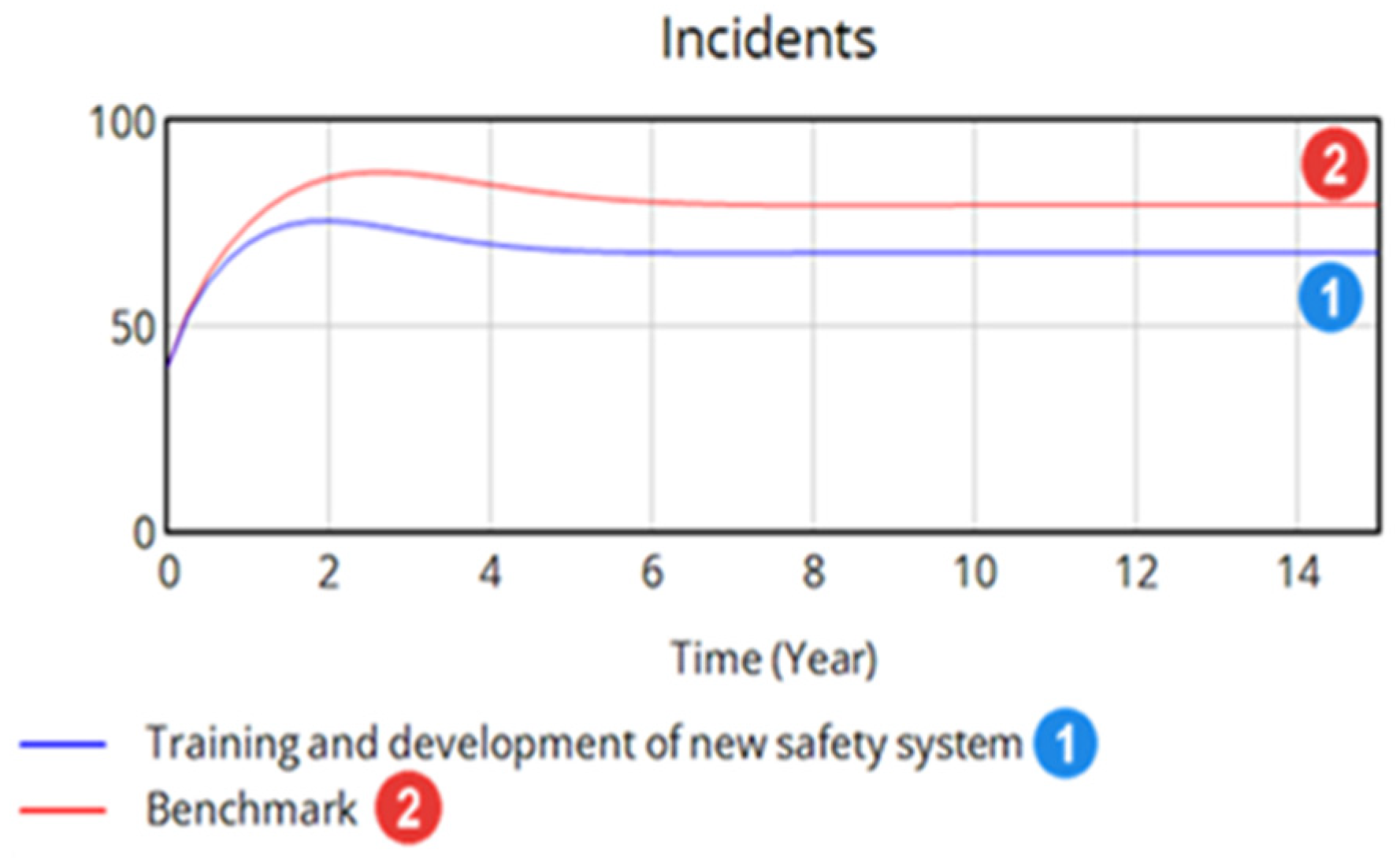
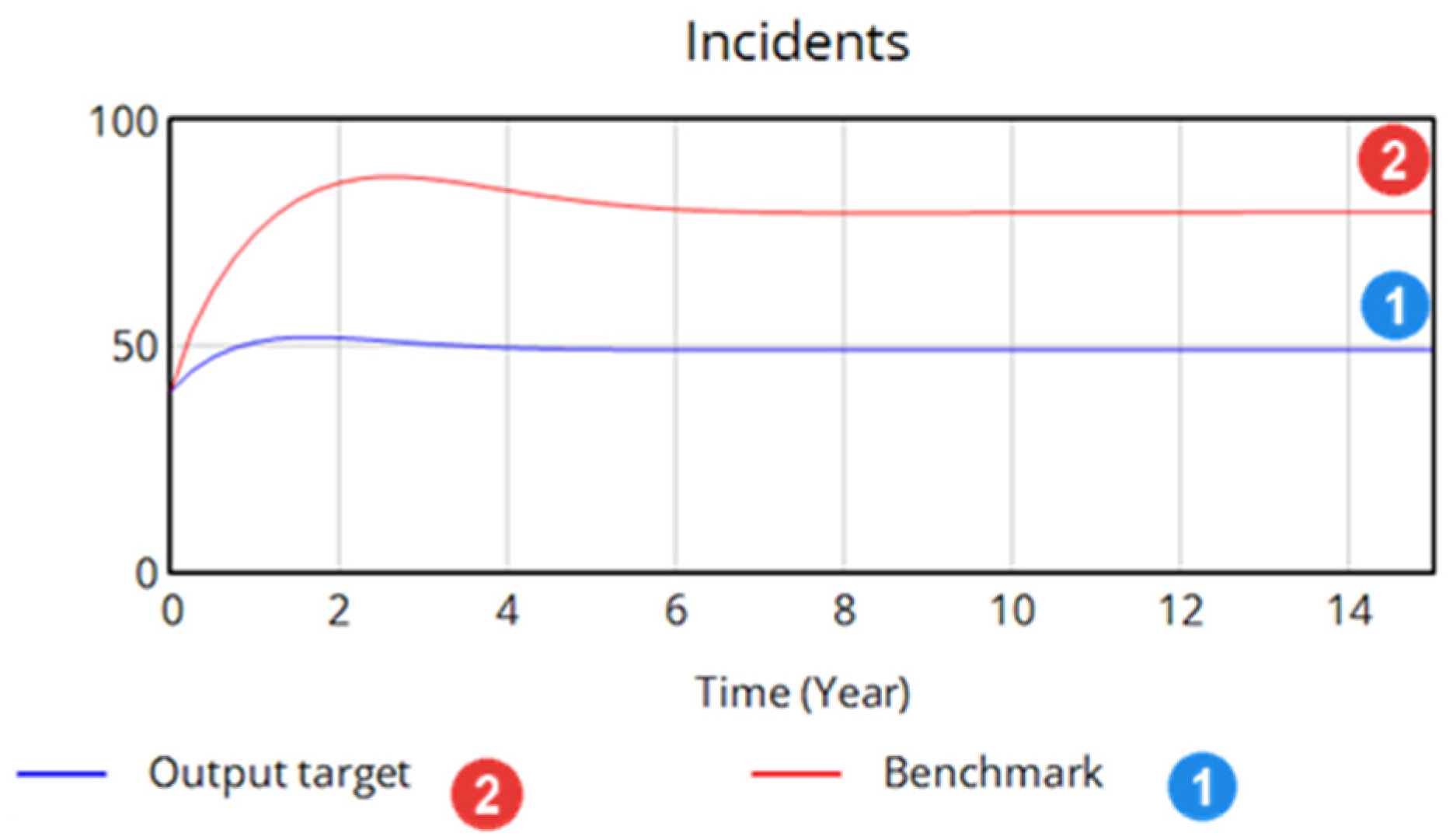
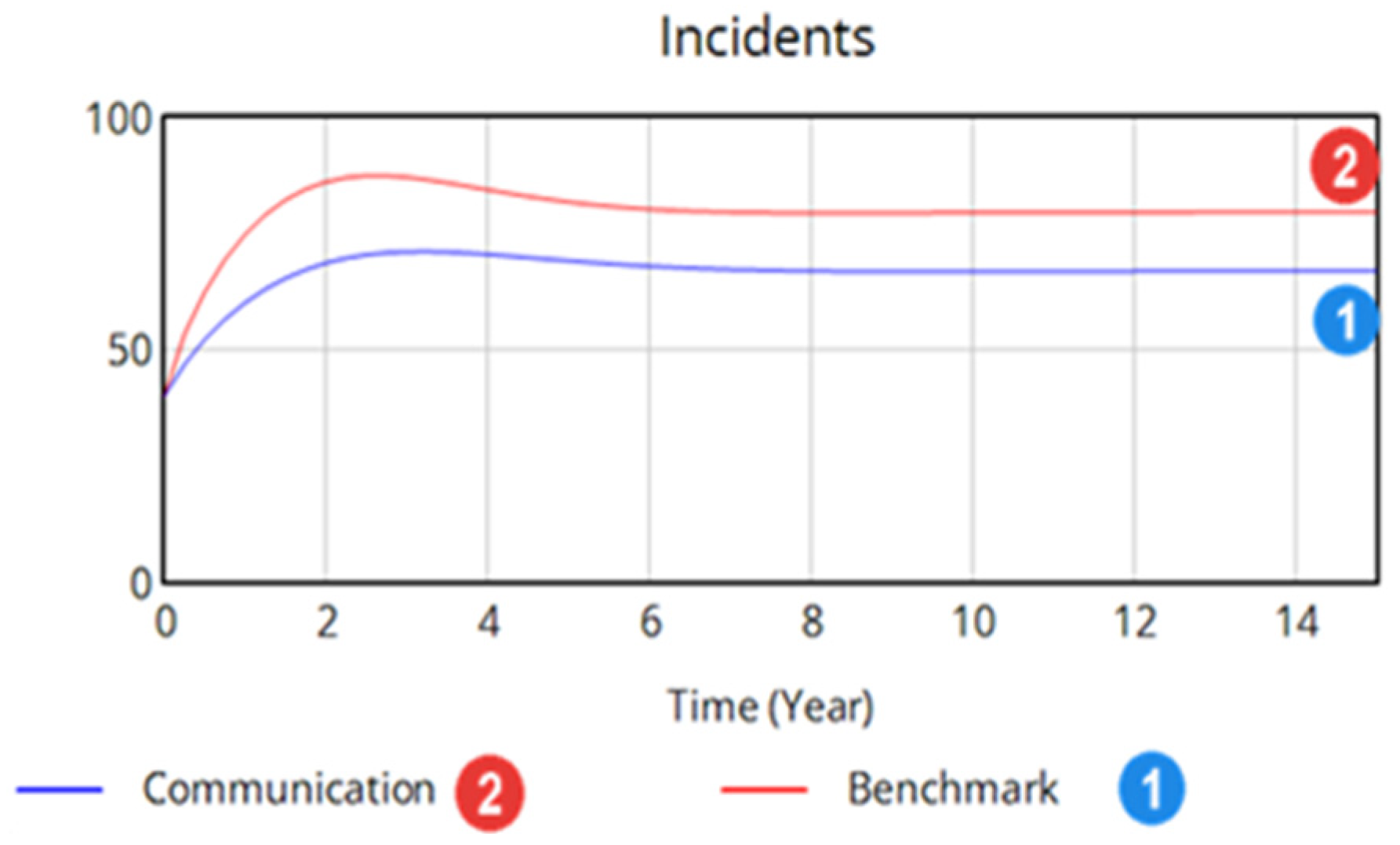
| Reference | Synopsis (Quoted) |
|---|---|
| [6] | A comprehensive overview of all subsystems involved in the deployment of CCS technology, encompassing both technical and non-technical aspects, such as economic, social, and technical challenges. |
| [7] | Insights from the study contribute to developing strategies for enhancing the safety performance of carbon capture operations by focusing on the visible aspects of safety culture as established in organizational practices, thereby promoting the integrity and reliability of these essential elements of energy networks. |
| [8] | The document discusses how the hydrogen value chain has the potential to provide various environmental, economic, and social advantages. It emphasizes the importance of ensuring that the introduction of hydrogen aligns with societal expectations regarding risk management and responsibility. |
| [9] | Discussion on safety measures throughout the hydrogen value chain, including production, storage, transport, and utilization, is conducted using the hydrogen square. This underscores the importance of a well-rounded strategy to promote a sustainable and effective hydrogen economy. |
| [3] | The paper critically assesses the costs and carbon footprints of blue hydrogen production technologies, outlines requirements for achieving large-scale commercial production, and provides context for the fossil fuels industry to actively participate in the current energy transition. |
| [10] | The paper illustrates that future strategies need to consider the interplay among political, techno-economic, industrial, market, and social dimensions of the hydrogen transition. |
| [11] | The paper examined the recent literature on blue hydrogen as a promising low-carbon solution during the hydrogen transition phase. Due to its physical properties, hydrogen is prone to leakage from transportation and storage facilities, presenting environmental and safety hazards. |
| [12] | There is an agreement among organizations that significant scaling up of hydrogen production is essential for global decarbonization. However, there is increasing discussion about the cost competitiveness between green and blue hydrogen. |
| [13] | The expanding use of hydrogen in various sectors in recent years underscores the vital need for continuous dedication to improving operational safety. Ensuring safety is essential for gaining and maintaining public acceptance. |
| [14] | Accidents and incidents offer insight into triggers, consequences, and containment effectiveness. Due to hydrogen’s limited use, such incidents are relatively few. However, the paper highlights management errors, operator mistakes, maintenance issues, and technical failures as key causes of loss of containment, underscoring the need for improved safety measures. |
| [15] | The paper emphasizes the importance of continuous ventilation in hydrogen systems to prevent hazardous mixtures from forming during minor leaks. Modern electronic devices can detect gas leaks within seconds, making it crucial to choose the right device and install it in an optimal location. |
| [16] | Recently, hydrogen has emerged as a practical energy carrier with several applications on the market. However, safety concerns remain due to risks like explosions. The Accidental Risk Assessment Methodology for Industries (ARAMIS) method offers a systematic approach to identifying major accident scenarios and assessing safety barriers. |
| [17] | The paper offers an in-depth review of hydrogen’s use in the transport and energy sectors, with particular attention to its storage, transmission, and associated safety challenges. Special focus is given to Computational Fluid Dynamics (CFD) modelling as a reliable tool for predicting potential hazards in hydrogen applications. |
| [18] | In hydrogen production via natural gas reforming, the primary risk is fire, often caused by material cracking that leads to hydrogen leaks. For electrolysis, the main risk is explosion. The paper examines these risks and emphasizes prevention methods. |
| Variable | Definition of Language | Numerical Values | Initial Condition |
|---|---|---|---|
| Training and development of a new safety system (on a scale of 0 to 1) | Minimal | 0–0.25 | 0.525 |
| Moderate | 0.26–0.50 | ||
| Significant | 0.51–0.75 | ||
| Extreme | 0.76–1.0 | ||
| Organization’s safety behaviour (on a scale of 0 to 1) | Substandard | 0–0.25 | 0.6 |
| Mediocre | 0.26–0.50 | ||
| Satisfactory | 0.51–0.75 | ||
| Outstanding | 0.76–1.00 | ||
| Output targets (on a scale of 0 to 10) | Minimal | 0–0.25 | 7 |
| Conservative | 0.26–0.50 | ||
| Typical | 0.51–0.75 | ||
| Excessive | 0.76–1.00 | ||
| Communication | Unacceptable | 0.00–0.2 | 0.5 |
| Poor | 0.21–0.4 | ||
| Average | 0.41–0.8 | ||
| Excellent | 0.81–1.00 |
Disclaimer/Publisher’s Note: The statements, opinions and data contained in all publications are solely those of the individual author(s) and contributor(s) and not of MDPI and/or the editor(s). MDPI and/or the editor(s) disclaim responsibility for any injury to people or property resulting from any ideas, methods, instructions or products referred to in the content. |
© 2025 by the authors. Licensee MDPI, Basel, Switzerland. This article is an open access article distributed under the terms and conditions of the Creative Commons Attribution (CC BY) license (https://creativecommons.org/licenses/by/4.0/).
Share and Cite
Shourideh, M.; Yasseri, S.; Bahai, H. Influence of Safety Culture on Safety Outcomes of a Hydrogen–CCS Plant. Gases 2025, 5, 2. https://doi.org/10.3390/gases5010002
Shourideh M, Yasseri S, Bahai H. Influence of Safety Culture on Safety Outcomes of a Hydrogen–CCS Plant. Gases. 2025; 5(1):2. https://doi.org/10.3390/gases5010002
Chicago/Turabian StyleShourideh, Maryam, Sirous Yasseri, and Hamid Bahai. 2025. "Influence of Safety Culture on Safety Outcomes of a Hydrogen–CCS Plant" Gases 5, no. 1: 2. https://doi.org/10.3390/gases5010002
APA StyleShourideh, M., Yasseri, S., & Bahai, H. (2025). Influence of Safety Culture on Safety Outcomes of a Hydrogen–CCS Plant. Gases, 5(1), 2. https://doi.org/10.3390/gases5010002







